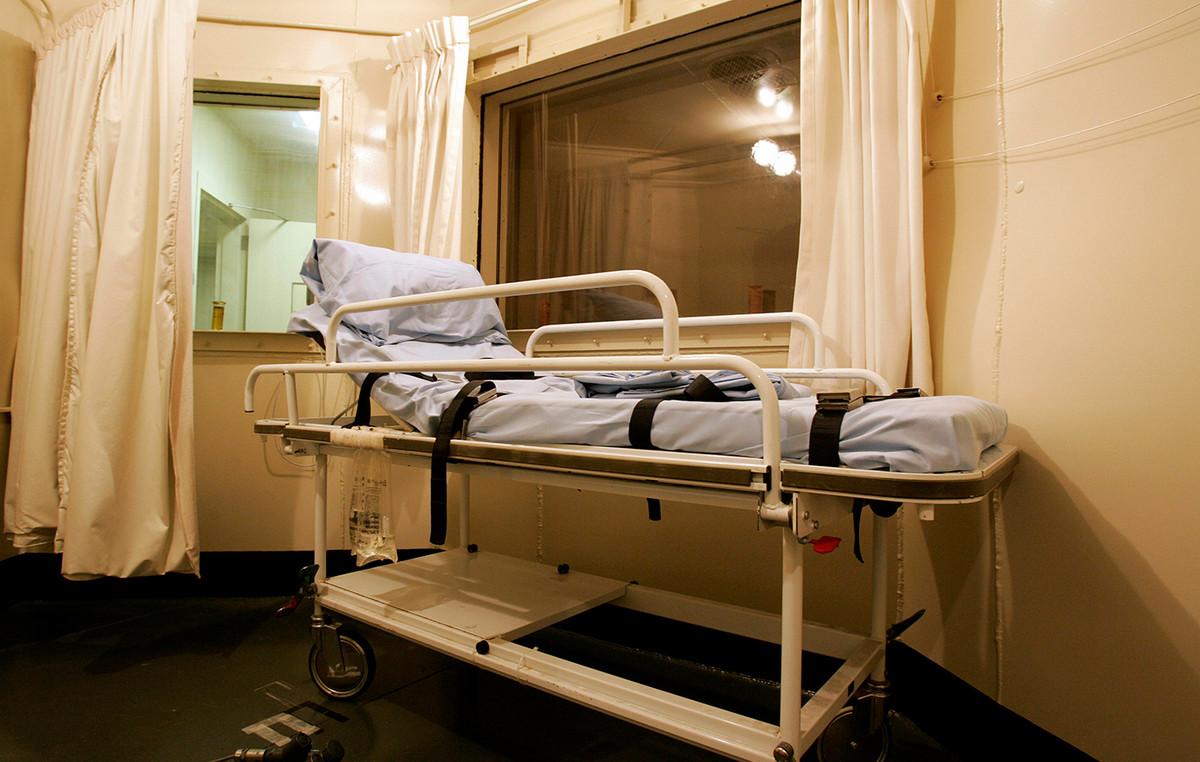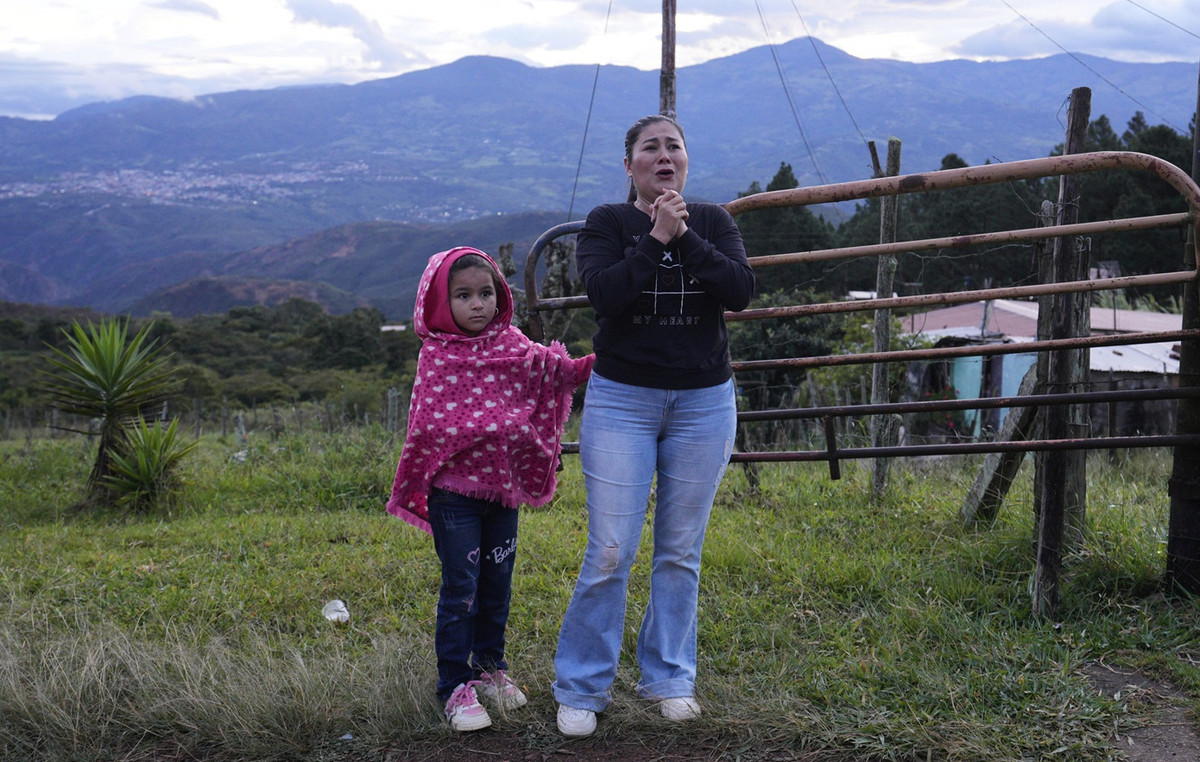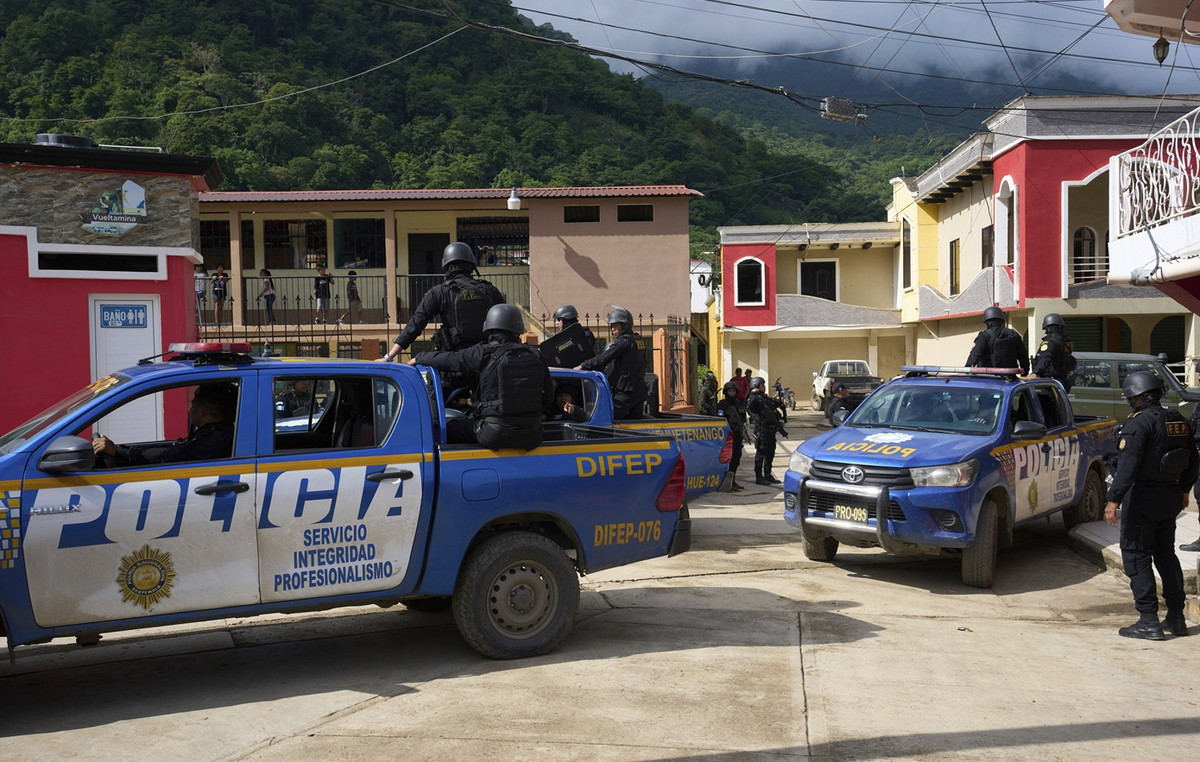THE monkey pox (Monkeypox) can be transmitted by clothes, blankets, towels, in addition to being able to be propagated through the air, said the president of the Brazilian Society of Virology, Flávio Fonseca, in an interview with CNN view this Thursday (28).
The doctor explains that the main source of contamination of the disease is through the liquid full of viral particles released by the lesions.
At first, this lesion appears in the form of a pustule, similar to a small mosquito bite. Afterwards, this pustule turns into a vesicle, like a pimple, and ulcerates, that is, it releases a liquid.
“When this happens, it generates a liquid with a lot of virus, so this disease has this infectious character”, points out Fonseca.
For this reason, the disease can be transmitted by tissues that have had direct contact with this liquid.
“It can be contagious through clothing. The lesions release this liquid that can soil clothes, blankets, bathing suits and towels. All of this is infectious. If that person uses a utensil and has a hand injury, when picking up a fork, for example, it ends up infecting it”, exemplifies the specialist.
The president of the Brazilian Society of Virology emphasizes, however, that intimate contact is the main form of transmission.
“It’s not necessarily sexual contact, it’s intimate contact, because people have to have their skin against each other so that the liquid present in these lesions contaminates another person.”
Fonseca also says that transmission is possible through the air, but emphasizes that the mechanism is different from Covid-19 . This is because the virus is not able to travel many meters.
“Covid is a lung infection of the throat epithelium. The person coughs, sneezes and eliminates that spray, small droplets we call aerosol, which travels up to 60, 70 meters. In the case of monkeypox, these lesions that appear on the skin can also happen in the throat, in the trachea. But unlike Covid, the virus is not present in aerosols, it is present in droplets, larger droplets, which travel less. They go, at most, 3 meters away from the person who is coughing”, details the virologist.
Check out the full interview in the video above.
Source: CNN Brasil







